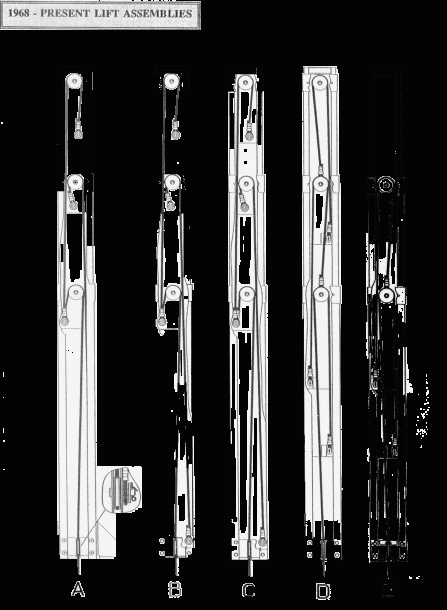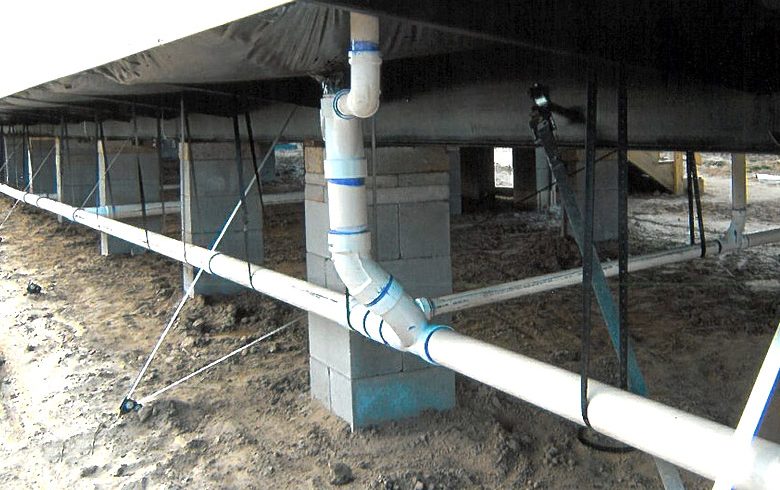Table of Content
- How to Convert Optical Audio to RCA Stereo Analog
- Home Theater Wiring Diagram Software - Default-myspace-ghj
- Entertainment System Component Wiring
- Below Is A Picture Of The.
- Audio Video Cable Kit – Everything You Need for HDTV-AV System Startup
- The Ultimate Connection Diagram Below Shows The Challenge Of Wiring A Complete Home Theater Network.
- Home Theater Wiring: Types, How-To, Tips
When you’re buying wire, make allowances for plenty of extra. For example, if you’re installing ceiling speakers, make sure there’s enough extra wire for you to place the speaker somewhere while you connect everything up. This keeps all of the cables tidy and out of the way, and is easy to install yourself. 12 or 14 gauge wire is used for long runs because it has lower resistance, which allows signals to travel easier over long distances. “Long runs” is probably much longer than you actually think when it comes to speaker systems, and this refers to a run over 50ft.

If this sounds like a lot of incredibly complicated information to take in, then don’t worry. When I first came to start wiring my home theater, I was overwhelmed by all the different factors you need to consider. Therefore, you will always connect the ‘output’ of the source device to the ‘input’ of the receiving device. When you are connecting your system together, you can make it easier when you think clearly about what you are trying to achieve and plan what you are going to do.
How to Convert Optical Audio to RCA Stereo Analog
Running cables beneath the final layer of drywall is best done during construction. Much of the wiring job is self-explanatory, however, keep the following tips in mind when wiring a home theater. The cross-sectional distance of a wire is relative to its resistance. The high-volume of audio signal travels more easily through a larger tube.

A physical and electrical connection between two pieces of AV equipment. A device needs a 21-pin female port to house the 21-pin male end of the cable. Usually only seen in older equipment such as VCR and DVD players. In some cases, it may be necessary to cut wire sections to match a particular home theater setup.
Home Theater Wiring Diagram Software - Default-myspace-ghj
If you buy the cable kit you’ll get superb quality HDMI cabling for your home entertainment needs in one easy step and save a lot money than buying them separately! As you’re probably already aware, setting up a home theater means using lots of wire. If you’re like me then you probably want to do everything possible to not have all of these wires lying around.
If this, or any other aspect of home theater wiring is beyond your skillset, it is always wise to call on the help of a professional. Plastic trunking is an effective, easy to install, and affordable method of keeping the home theater tidy. A single-core wire is the most common and the most straightforward to use. Silver and gold are other options, however, their higher cost outweighs their reduced resistance. Measured in ohms (Ὡ), impedance is the relationship between current and voltage in a circuit. You wouldn’t want to go to all the effort of setting up all your wiring without testing to ensure everything is going through properly.
Entertainment System Component Wiring
A component connection is made up of three colored pins . SCART. These are pretty old-school cables, and you’ll only come across them if you’re looking to connect standard definition devices . Generally speaking, most people who will want to do this will already be familiar with these cables.

Finally, don’t be fooled into buying high-end cables just because they sport a cool look or a high-profile brand name. In many cases, simple, flat cables are more than sufficient for a 5.1 home theater setup. 12-18 gauge wire is recommended for all Fluance home theater speaker setups.
Below Is A Picture Of The.
So the most important thing to remember when choosing the type of wire for your speaker system is that resistance is important, and you want it to be as low as possible. Speaker wires are made from thin metal strands that allow audio signals to pass along them to the speaker connected. This is a pretty simple concept, but there is more that you need to know. For example, it’s worth knowing the properties of the metal used in the wires to know if it’ll be suitable for your needs.
Use the first drop down list on each component to connect to a different component. When autocomplete results are available use up and down arrows to review and enter to select. Touch device users, explore by touch or with swipe gestures. Before reading a new schematic, get common and understand all of the symbols. I print the schematic and highlight the routine I’m diagnosing to be able to make sure I’m staying on right path.
Electricity travels along conductors, like wires plus the metal contacts of outlets in addition to sockets. Tight connections between conductors generate smooth transitions through one conductor to another. But loose contacts act like speed bumps, restricting the flow and creating friction and temperature.
Most casual listeners/viewers just won’t notice any difference in quality between cheap and expensive cables. And that is if there is a difference to be seen or heard anyway. Or it means that you can at least add that special connection cable into your budget and buy everything at the same time.
One carries the black and white signal, the other carries color. Usually found on analog TVs or DVDs, they control the color saturation and hue. DVI cables transmit digital video content at high resolution. The most prevalent use of this connection is in Projectors and computer monitors.
Don't be afraid to swap out long cables for much shorter interconnections to reduce the amount of untidy cable between devices. Unsightly cables are poised to be potential hazard issues. A coaxial is a shielded and insulated copper cable that carries high-quality audio signals often favored by home theater audio experts. Component wires split video signals into 3, signified by their differing colors. They are capable of carrying both standard and high definition images.
You can get all kinds of junction boxes for your devices, so do your homework first to ensure you’re getting the right ones. EMF interference is always something to be aware of when wiring speakers. Avoid too much excess cable, particularly if there’s enough for it to be coiled on itself. VGA/RGB. This is the most common connection for computers and laptops and is the same type of connection that links computer monitors to the rest of the hardware. Wiring together the devices in your home theater really doesn’t need to be difficult. When I first started building my home theater I was put off from wiring it myself because it seemed very complicated, but it’s really not.

No comments:
Post a Comment